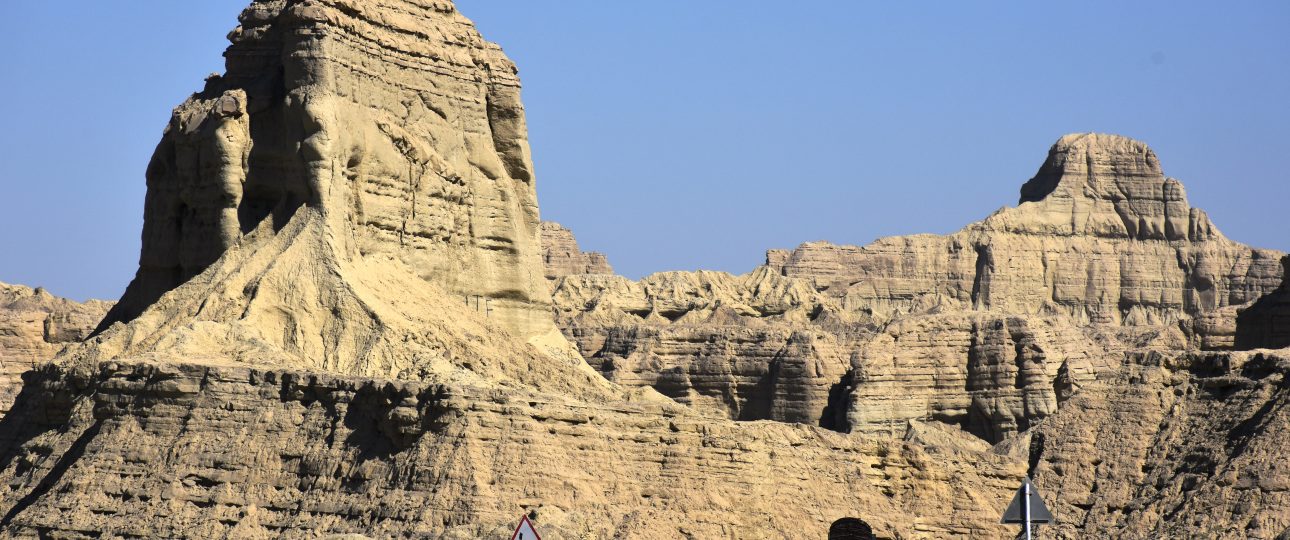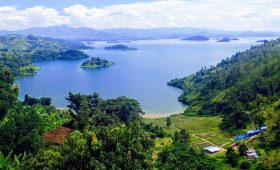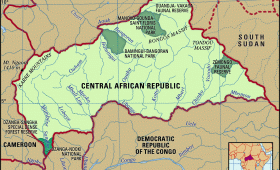Exploring Hingol National Park: A Natural Wonder in Pakistan
Hingol National Park is a remarkable destination in Pakistan, offering a diverse array of landscapes and ecosystems. Located in the southwestern province of Balochistan, this park covers approximately 6,200 square kilometers across the districts of Lasbela, Awaran, and Gwadar. It is the largest national park in Pakistan and is named after the Hingol River, which flows through the region year-round.
Geographical Diversity
The park’s terrain is varied and striking. In the north, you’ll find an arid subtropical forest, while the western part features dry, mountainous terrain. The eastern section is known for its mud volcanoes, which emit methane and mud. Along the coast, the park boasts caves, beaches, and a marine ecological zone that supports dolphins, sea turtles, and mangroves.
Natural and Cultural Highlights
Hingol National Park is home to several unique rock formations. The Princess of Hope is a natural rock formation resembling a woman gazing into the distance. Nearby, the Balochistan Sphinx is another intriguing formation that resembles the Great Sphinx of Giza. The Makran Coastal Highway runs through the park, offering travelers stunning views of these formations and the surrounding landscapes.
The park is also culturally significant. It houses the Hinglaj Mata Mandar, a revered Hindu pilgrimage site located in a mountain cave along the Hingol River. Pilgrims often walk on rock outcrops and between steep cliffs, performing ritual bathing in the river.
Visiting Hingol National Park
Getting There
Hingol National Park is approximately 200 kilometers northwest of Karachi. If you’re flying in, the nearest major airport is Jinnah International Airport in Karachi. From there, you can rent a car or hire a local guide to drive you to the park. The journey typically takes around 4-5 hours, depending on traffic and road conditions.
Best Time to Visit
The ideal time to explore Hingol National Park is during the winter months, from November to February, when the weather is mild and pleasant. Summers can be extremely hot, with temperatures exceeding 40 degrees Celsius, making outdoor activities challenging.
Exploring the Park
Once at the park, consider hiring a local guide or joining a guided tour to navigate the terrain safely and efficiently. For those who prefer independence, renting a 4×4 vehicle is a practical option. The park offers opportunities for hiking, camping, wildlife spotting, and bird watching. Keep an eye out for the wild Sindh Ibex, Balochistan Urial, and Chinkara Gazelle.
Accommodation Options
While there are no official accommodations within the park, nearby towns such as Kund Malir and Ormara offer hotels, guesthouses, and camping sites. These towns provide a range of options to suit different budgets.




